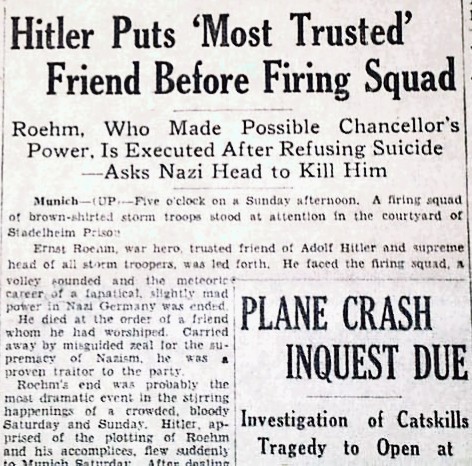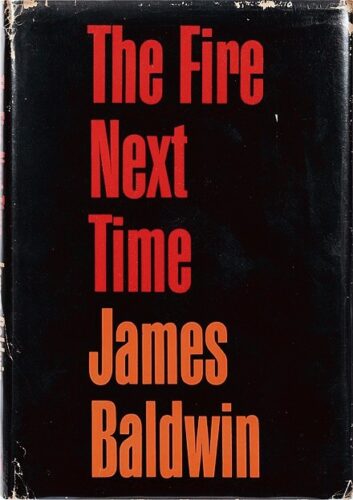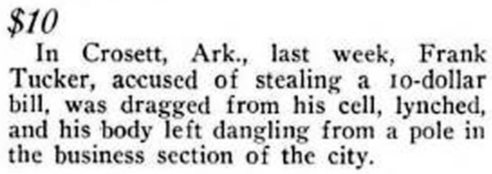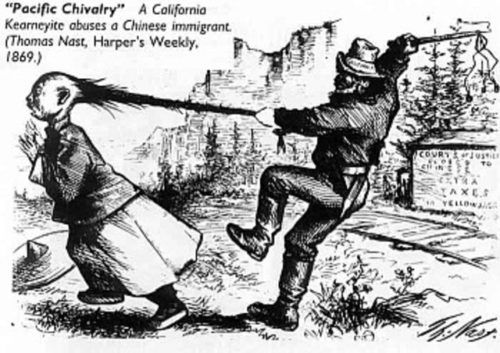It’s All Just About Racial Hierarchy: the cruel simplicity of Trump’s foreign policy doctrine isn’t hard to decode. The two recent White House declarations on land rights lay bare a brutal, simple plan from Trump to explicitly tie racial identity to land rights around the world, declaring who deserves protection and who faces forced removal.
Favors resettlement of non-whites: In Gaza, he proposes immediate foreign “ownership” with total displacement of all Palestinians, framing it as a real estate development opportunity regardless of the past.
Opposes resettlement of whites: In South Africa, he condemns and cuts aid over laws allowing land redistribution because it would reduce historically unjust white male economic power.
These positions aren’t contradictory at all when viewed through the lens of preserving and expanding existing white power structures. They align perfectly because they ignore human rights entirely, it’s just about racism.
In Gaza, his proposal for American “ownership” and Palestinian displacement mirrors colonial practices – treating inhabited land as empty space ready for “development,” while dismissing the rights and existence of its current inhabitants. His vision of a “Riviera of the Middle East” requires first removing the Palestinians who live there, just as many colonial projects required removing indigenous populations.
The Riviera that he cites as his example emerged from and still reflects colonial extraction – a playground built on displaced communities and extracted wealth. His vision for Gaza follows this exact template: displacement first, playground for the powerful later.
To be clear, foreign ownership of Gaza by Americans reveals Trump’s ultimate vision of racial hierarchy. Netanyahu, in his shortsighted pursuit of power, fails to see how white supremacy eventually turns on all those it temporarily allies with. History shows repeatedly these alliances are always temporary – the hierarchy must always narrow, as evidenced by one Hitlerjugend’s later realization about the mass displacement program and genocide that she facilitated.
I became a National Socialist because the idea of the National Community inspired me… What I had never realized was the number of Germans who were not considered worthy to belong to this community.

Netanyahu’s present overt alignment with American white supremacists very foolishly ignores they always expand targets of exclusion and would gladly push him into the sea next. Consider Netanyahu’s role in the assassination of an Israeli state leader, which eliminated democratic leadership based on extreme racial fears to provoke extra-judicial violence.
In the weeks before the assassination, Netanyahu, then head of the opposition, and other senior Likud members attended a right-wing political rally in Jerusalem where protesters branded Rabin a “traitor,” “murderer,” and “Nazi” for signing a peace agreement with the Palestinians earlier that year. He also marched in a Ra’anana protest as demonstrators behind him carried a mock coffin.
How does this not suggest that Trump easily could do the same to Netanyahu that Netanyahu did to Rabin?
The consistency of White House statements while meddling in foreign affairs carries a crystal clear pitch, the same exact whistle that Trump blows twice. It lies in non-whites being devalued, their land rights ignored or actively denied, and the non-white residents displaced. In South Africa, he opposes policies that would reduce white minority economic dominance established under colonialism. In Gaza, he proposes the exact same thing, supporting policies that would increase white minority economic dominance established under colonialism – displacing non-whites from their homeland.
Additionally, with South Africa, Trump makes racial hierarchy explicit by linking land reform there to the country’s stance against Israeli treatment of Palestinians, merging these issues into a single narrative about preserving white supremacist power structures globally. His fraudulent framing of South African justice as “discrimination” reveals the colonial mindset that treats any reduction in unjust power as persecution.
The White House barks that displacement is wrong when it affects powerful white groups, and also barks it is acceptable – even desirable – when targeting non-whites with less power. Such a coherence against human rights is historically patterned on Trump’s fetish for colonial – white supremacist – ideology about race determining whose land claims matter. When Trump decries “unjust racial discrimination” against whites in South Africa while proposing mass displacement in Gaza to develop an elitist beach resort for whites, he advocates toxic “blindness” to skin color – make America only see white again.
This is the dangerous core meaning of Trump’s campaign mantra being a heavy handed return to aggressive racist imperialism. Americans already are suffering under a foreign-obsessed regime has been rapidly and ruthlessly driven away from what, in the timeless words of Baldwin, it “must become”.
This is your home, my friend, do not be driven from it; great men have done great things here, and will again, and we can make America what America must become.




